Bionics: surgically inserted sensors controlling a prosthetic limb. Meet the man who sometimes forgets that his bionic leg is not his own.
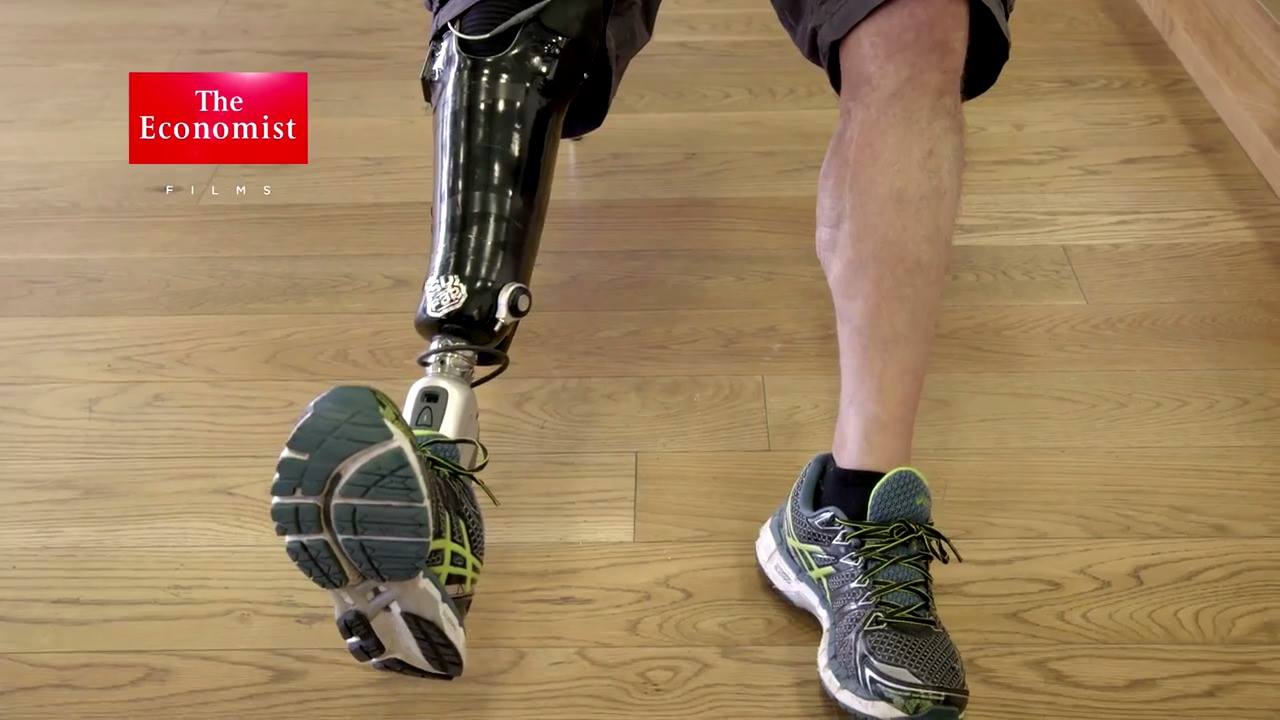

My new Huff Post story asking why the major presidential candidates don’t discuss transhumanist science:
THE BLOG Why Won’t Sanders, Clinton, Trump and Cruz Discuss Transhumanist Science Issues? 03/11/2016 03:49 pm ET Zoltan Istvan US Presidential candidate of Transhumanist Party; Creator of Immortality Bus; Author of #1 bestselling Philosophy novel ‘The Transhumanist Wager’ Image by DonkeyHotey Have y…
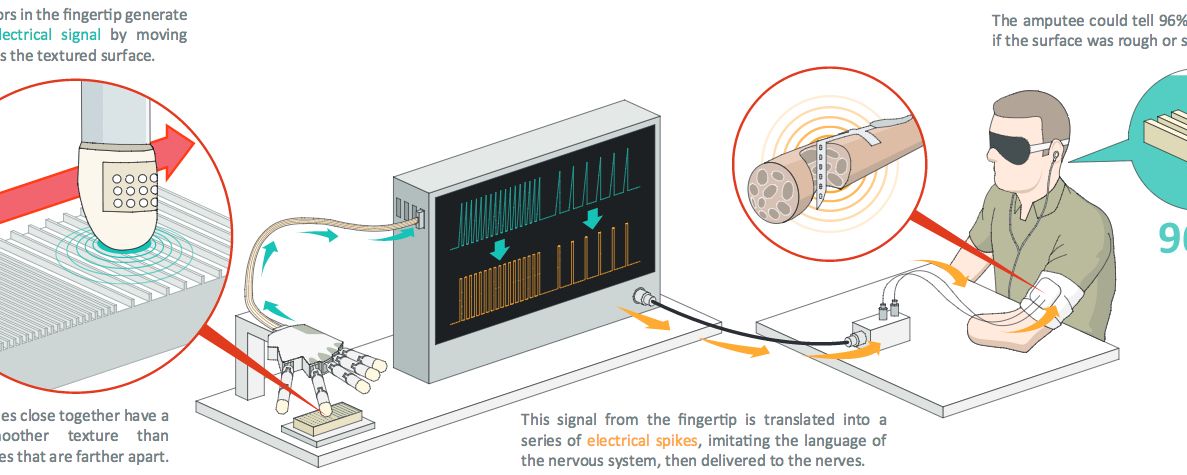
Amputee Dennis Aabo Sørensen is the first person in the world to recognize texture (smoothness vs. roughness) using an artificial “bionic” fingertip surgically connected to nerves in his upper arm. The experimental system was developed by EPFL (Ecole polytechnique fédérale de Lausanne) and SSSA (Scuola Superiore Sant’Anna).
“The stimulation felt almost like what I would feel with my hand,” says Sørensen. “I felt the texture sensations at the tip of the index finger of my phantom hand.”
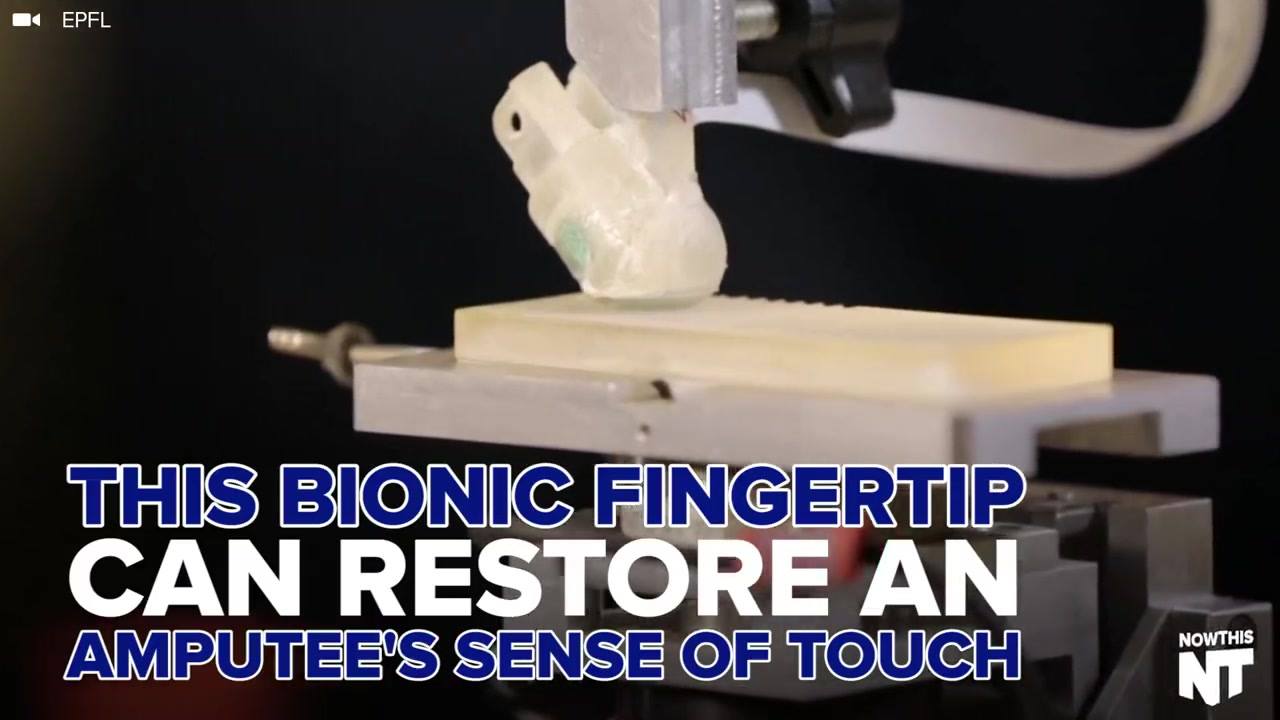
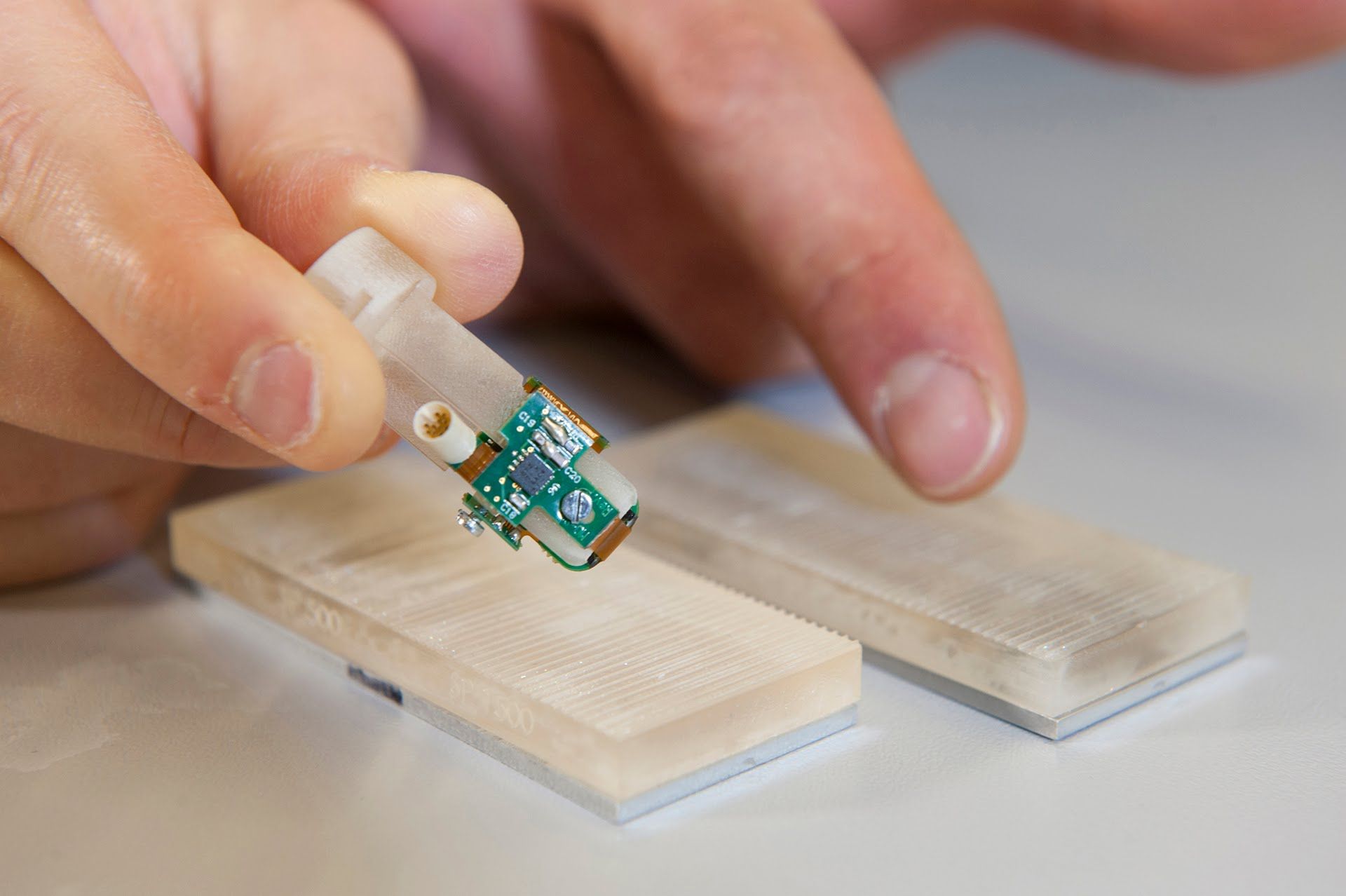
Cool beans.
Using a bionic fingertip, an amputee for the first time has been able to feel rough and smooth textures in real-time, as though the fingertip were naturally connected to his hand.
After Luke Skywalker got his hand cut off during a duel with Darth Vader in “Star Wars,” the young Jedi received an artificial hand that helped him both grip and feel again. Scientists worldwide are seeking to make this vision from science fiction a reality with prosthetic limbs that are wired directly into the nervous systems of their recipients.
Researchers experimented with amputee Dennis Aabo Sørensen from Denmark, who damaged his left hand more than a decade ago while playing with fireworks. Doctors immediately amputated the appendage after Sørensen was brought to a hospital. [Bionic Humans: Top 10 Technologies].

In SELF/LESS, a dying old man (Academy Award winner Ben Kingsley) transfers his consciousness to the body of a healthy young man (Ryan Reynolds). If you’re into immortality, that’s pretty good product packaging, no?
But this thought-provoking psychological thriller also raises fundamental and felicitous ethical questions about extending life beyond its natural boundaries. Postulating the moral and ethical issues that surround mortality have long been defining characteristics of many notable stories within the sci-fi genre. In fact, the Mary Shelley’s age-old novel, Frankenstein, while having little to no direct plot overlaps [with SELF/LESS], it is considered by many to be among the first examples of the science fiction genre.
Screenwriters and brothers David and Alex Pastor show the timelessness of society’s fascination with immortality. However, their exploration reflects a rapidly growing deviation from the tale’s derivation as it lies within traditional science fiction. This shift can be defined, on the most basic level as the genre losing it’s implied fictitious base. Sure, while we have yet to clone dinosaurs, many core elements of beloved past sic-fi films are growing well within our reach, if not in our present and every-day lives. From Luke Skywalker’s prosthetic hand in Star Wars Episode V: The Empire Strikes Back (1980) to the Matrix Sentinal’s (1999) of our past science fiction films help define our current reality to Will Smith’s bionic arm in I, Robot.
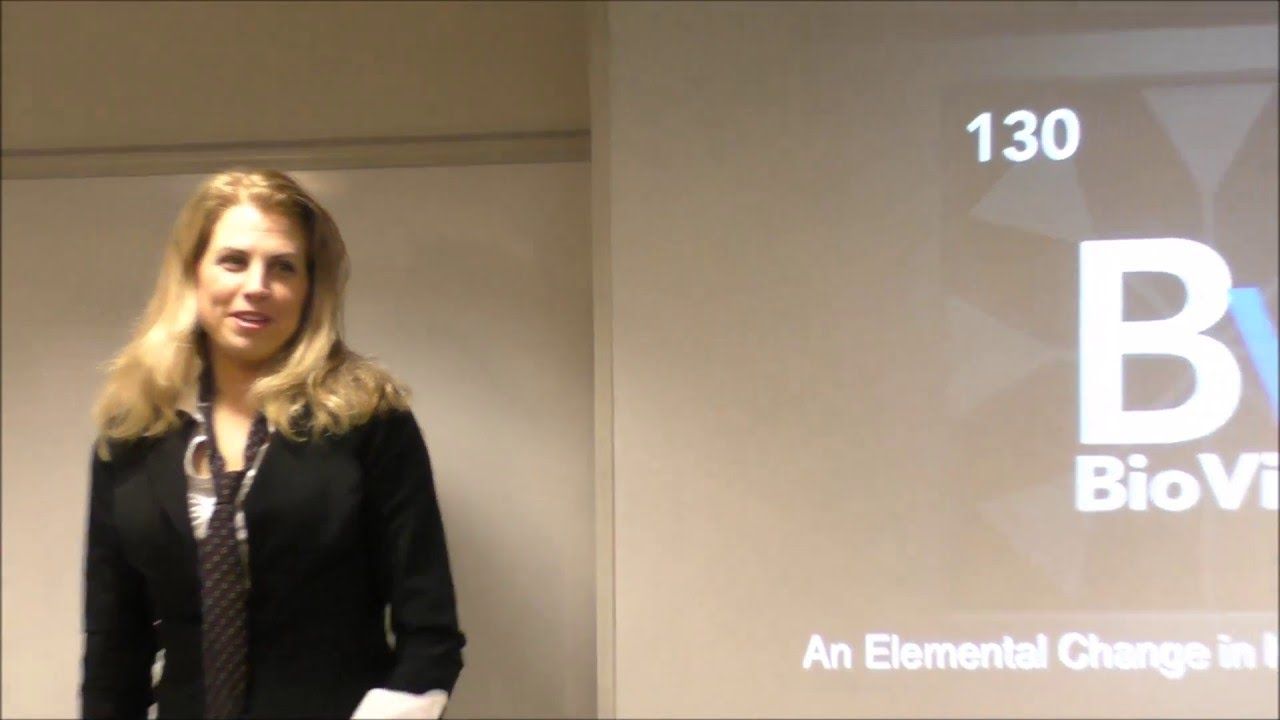
The most recent Liz talk. According to her in this vid her first test results of telomere length are next month.
Liz Parrish, the Founder and CEO of BioViva Sciences USA Inc, is best known for recently becoming the first person to be treated with gene therapy to reverse aging.
BioViva is committed to extending healthy lifespans using gene therapy. Liz is known as “the woman who wants to genetically engineer you.” She is a humanitarian, entrepreneur and innovator and a leading voice for genetic cures.
This talk, “Gene therapy to save the world”, was co-hosted by Oxford Transhumanism and Emerging Technologies (OxTET) and Oxford University Scientific Society. It was held at IEB building, Department of Engineering Science, Oxford, on Feb 23rd 2016.
For more details about the event, see https://www.facebook.com/events/1682079625367629/.
Help us caption & translate this video!
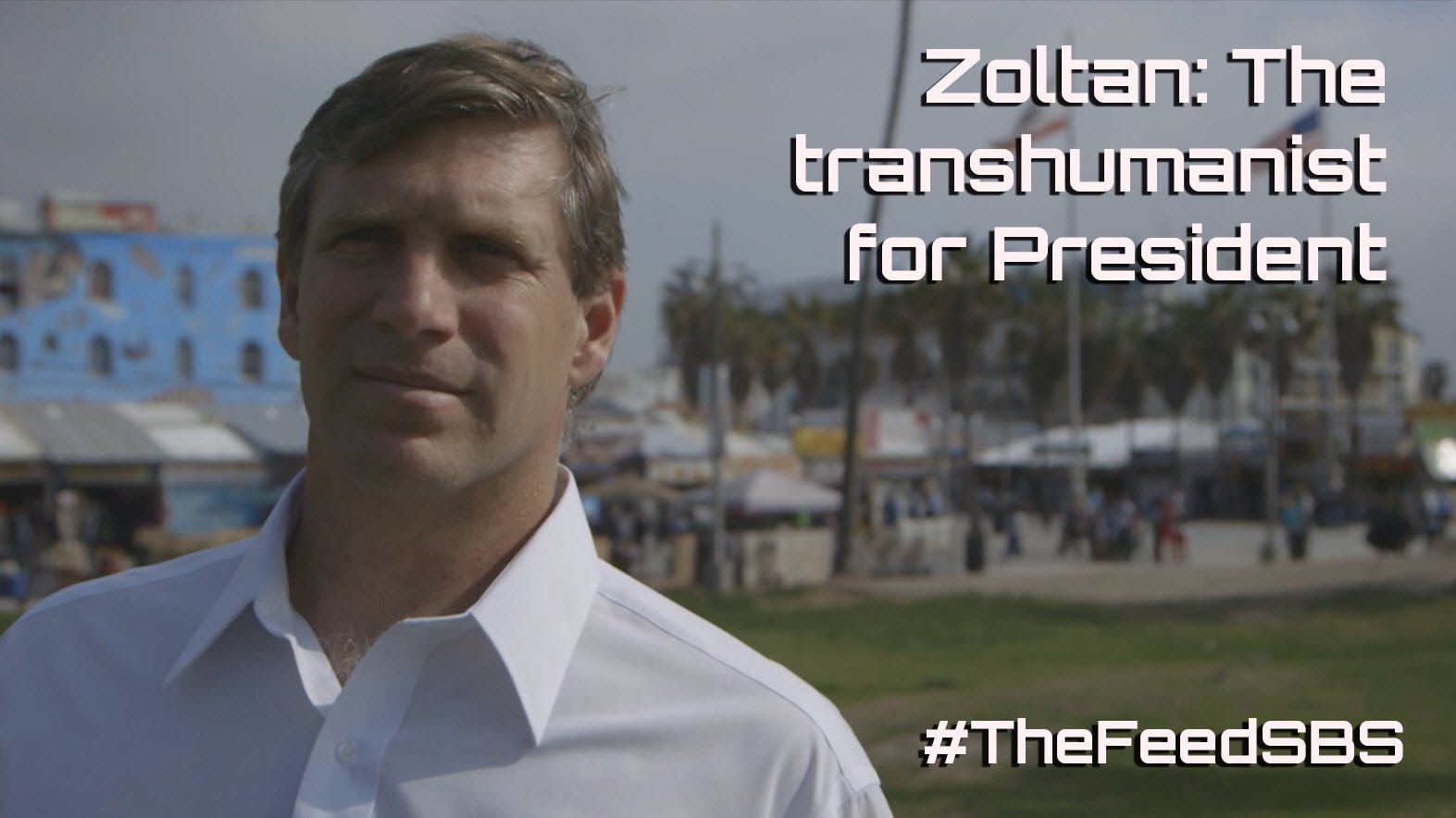
A new 9 minute video on transhumanism and my campaign from The Feed at SBS, one of Australia’s major tv channels. It aired today:
Meet the US Presidential candidate who not only wants to beat Hillary Clinton and Donald Trump, but — also — death.
Facebook: https://www.facebook.com/SBS2Australia
Twitter: https://twitter.com/thefeedsbs
Insta: https://instagram.com/sbs2australia
Tumblr: http://thefeedsbs.tumblr.com/
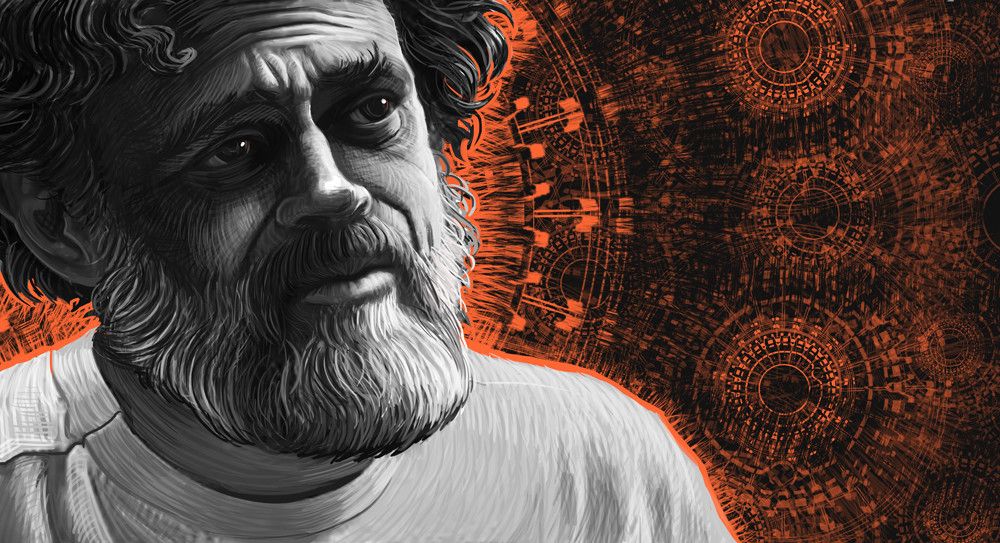
Cannot wait to hear Mckenna’s perspective on BMIs for brain connection to all things digital, and microbots used to extend life as well as bionic body parts.
Famed psychonaut Terence Mckenna envisioned a very radical approach of bridging psychedelics with virtual reality to create a supercharged version of consciousness in which language, or rather the meaning behind what we speak, could be made visual in front of our very eyes.
In Mckenna’s “cyberdelic” future of virtual reality, artists and the revival of art, would be at the forefront of innovation, according to a talk he gave to a German audience in 1991.
Does this not still ring true 25 years on? Are not computer programmers and virtual cartographers the modern artists who are pushing the boundaries of our understanding of reality and ourselves?
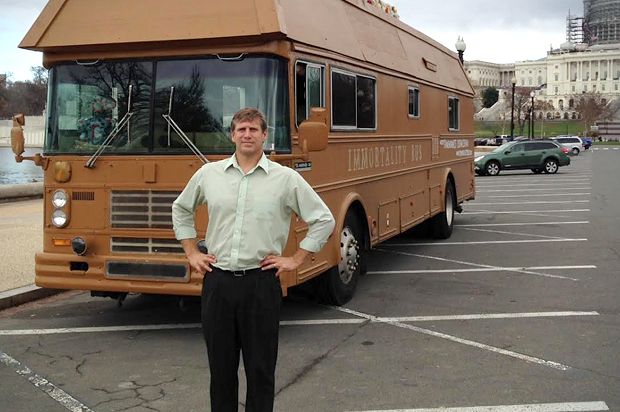
A story from Salon on transhumanism:
While we have a rare combination of candidates with a real chance of taking the White House — a woman, a Jewish socialist and a real estate magnate — there’s another you probably haven’t heard about: a Transhumanist.
Zoltan Istvan, 43, the leader and founder of the Transhumanist party, has entered the race as a third-party candidate promising the “facilitation of immortality.” Istvan, who lives in California, first made headlines when he set out on a cross-country campaign tour in a bus shaped like a hearse last September. His main philosophy: enliven America’s technological advancement by combining humans with machines, to improve and prolong life.
In U.S politics, the two traditional parties have consistently dominated the electorate. In fact, Sen. Bernie Sanders is the only Independent in Congress, every other House member belongs to either the Democratic or Republican Party. But historically the country has had a history of fringe candidates, which typically get a few thousand votes in presidential elections. In 1992, billionaire businessman Ross Perot, who ran on the Reform Party, won 18.9% of the vote, the best finish by a non-major party candidate in a presidential election since Teddy Roosevelt won 27.5% of the vote in 1912. While Perot’s Reform Party, like practically all third parties, has failed to emerge as a contender since then, candidates like him have had a significant impact on electoral outcomes.
Zoltan Istvan is still an ambiguity for most of the political world, and the Transhumanist party in its early stages of development, but there is something to be said about how his policies could predict the way the political landscape might change in the decades to come.